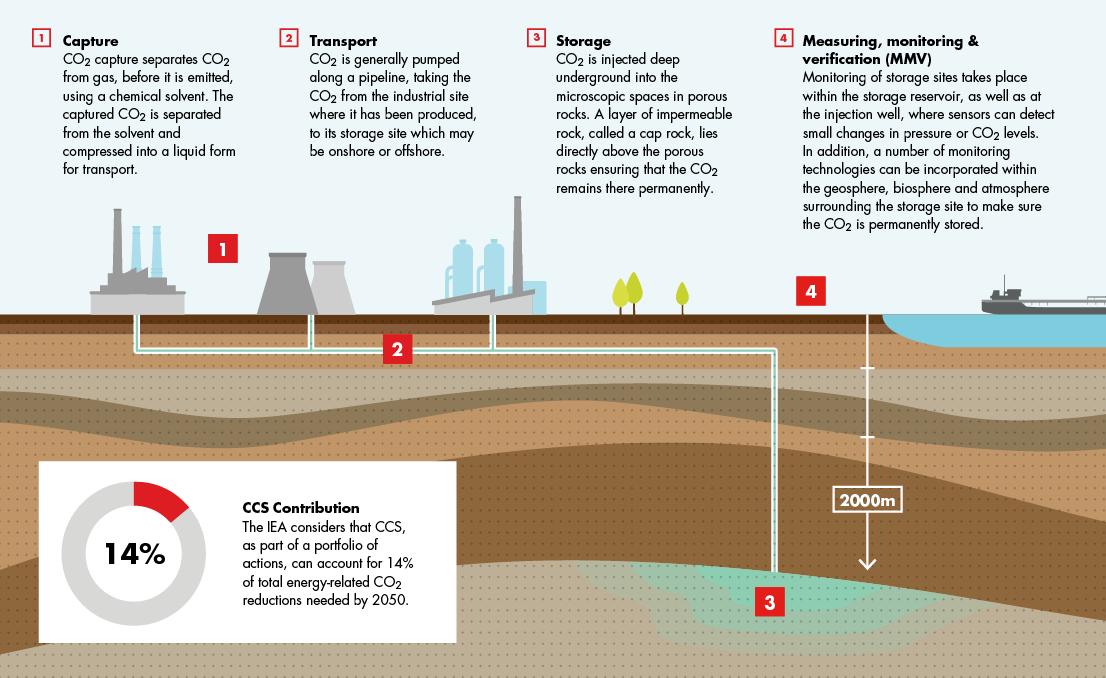

#Examples of carbon sequestration free
Net zero, carbon neutral, carbon free or carbon negative?.Tech’s impact and role in sustainability.How is the tech sector addressing its carbon footprint, including the data centers that feed it, the coding that defines it, as well as AI, wireless throughput and other energy-intensive processes that populate it? The sustainability efforts of Apple, Google, Cisco and other tech companies are explored. Such consequences of global warming as fires in Hawaii, the cloak of orange haze from record Canadian fires, and July coming in as the hottest month on record since 1880 increases the pressure to slash carbon emissions as the collective “we” race to meet net zero by 2050.

Parse away, but dire is the climate news these days, including the potential of the world to breach a 1.5c temperature increase threshold by 2027. For cross-cutting considerations, see our What Is Carbon Removal? fact sheet.Tech Takes Diverse Approaches to Sustainability Including Net Zero Carbon by 2030ĪWS, Cisco, Apple and others are deploying a variety of tactics to achieve lower carbon footprints, with everything from lower-energy coding to AI applied to power sources.Monitoring, verification, and reporting: processes, standards, and technologies need to be developed to reliably measure carbon sequestration.Encouraging research: more research is needed to improve understanding of the variation in soil carbon sequestration across soil types and climatic conditions.Financial incentives: accessible, well-designed financial incentives can help drive adoption, especially by enabling farmers to cope with transition costs and financial risks of adopting new techniques.Technical assistance: good technical assistance can help farmers, ranchers, and land managers learn techniques that are most suitable for their land.Soil carbon sequestration techniques are already in widespread use, but they would need to be scaled up substantially to achieve significant climate benefits. A recent expert assessment estimates that soil carbon sequestration could be scaled up to sequester 2–5 GtCO 2 per year by 2050, with a cumulative potential of 104–130 GtCO 2 by the end of the century at a cost of between $0 and $100 per ton of CO 2. Because soils have such a large storage capacity, enhancing soil storage by even a few percentage points makes a big difference. But over the last 10,000 years, agriculture and land conversion has decreased soil carbon globally by 840 billion metric tons of carbon dioxide (GtCO 2), and many cultivated soils have lost 50–70% of their original organic carbon. Soils hold three times the amount of carbon currently in the atmosphere or almost four times the amount held in living matter. Difficulty of measurement: monitoring and verifying carbon removal via soil carbon sequestration is currently difficult and costly.Reversibility: the carbon captured via soil carbon sequestration can be released if the soils are disturbed societies would need to maintain appropriate soil management practices indefinitely.Saturation: soils can only hold a finite amount of carbon once they are saturated, societies will no longer be able to capture more carbon using soil carbon sequestration.Reduced fertilizer use: healthier soils require less fertilizer, saving farmers money and reducing environmental impacts.Increased climate resilience: healthier soils make farms more resilient against both droughts and heavy rainfall.Improved soil health: soil carbon sequestration helps restore degraded soils, which can improve agricultural productivity.In addition to providing local environmental and economic benefits, these practices can capture carbon dioxide (CO 2) from the atmosphere and store it in soils, making them a form of carbon removal.

Increasing soil carbon is accomplished in various ways, including: (1) reducing soil disturbance by switching to low-till or no-till practices or planting perennial crops (2) changing planting schedules or rotations, such as by planting cover crops or double crops instead of leaving fields fallow (3) managed grazing of livestock and (4) applying compost or crop residues to fields.

Soil carbon sequestration, also known as “carbon farming” or “regenerative agriculture,” includes various ways of managing land, especially farmland, so that soils absorb and hold more carbon.


 0 kommentar(er)
0 kommentar(er)
